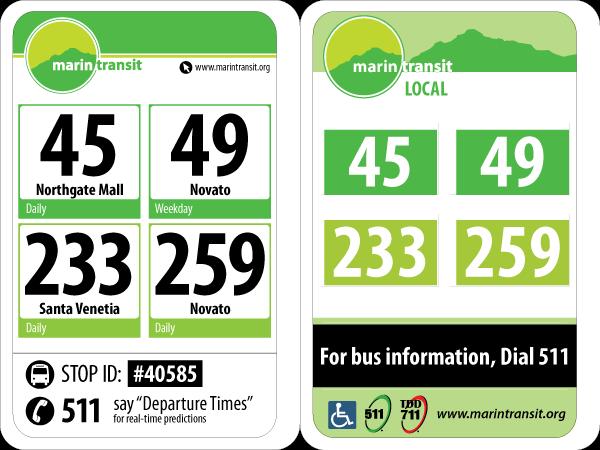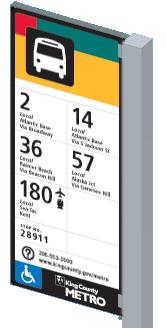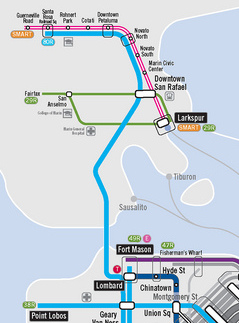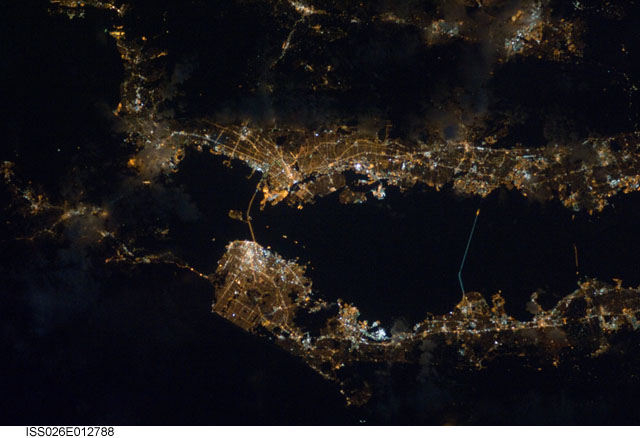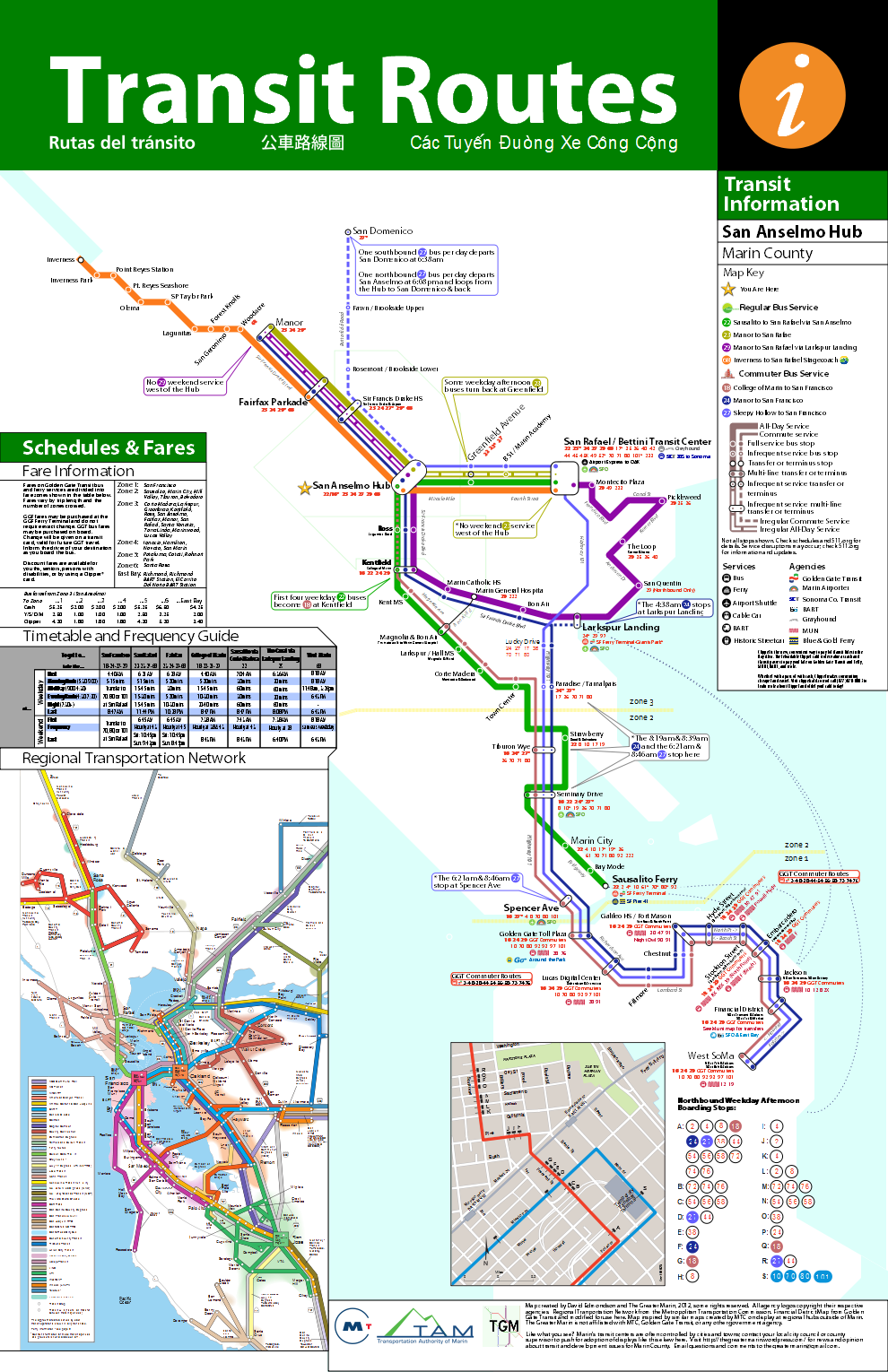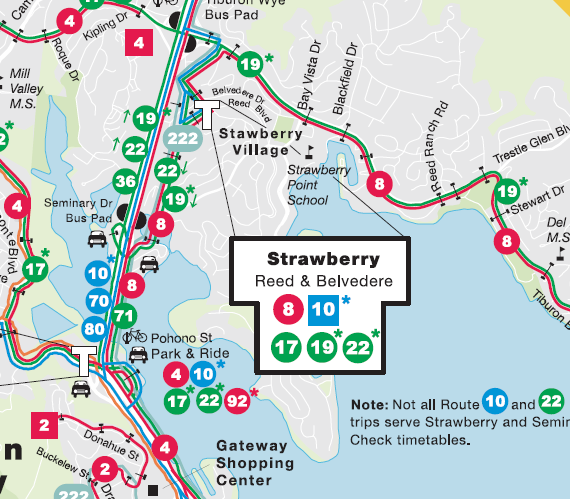 Bus service in Tiburon is the worst-performing part of the Marin Transit (MT) system. Fares cover about 12% of the operating costs (the target rate is 20%), and a paltry 12 riders per hour take the bus. To address the situation, MT has begun the Tiburon Transit Needs Assessment, a process that will end with changed routes, better service, and more. The listed alternatives for improvement are a step in the right direction. Pursuing a blend of route changes, structural changes, and better transfers to 101 and the ferry will give residents and workers on the Tiburon Peninsula a better bus and attract more ridership.
Bus service in Tiburon is the worst-performing part of the Marin Transit (MT) system. Fares cover about 12% of the operating costs (the target rate is 20%), and a paltry 12 riders per hour take the bus. To address the situation, MT has begun the Tiburon Transit Needs Assessment, a process that will end with changed routes, better service, and more. The listed alternatives for improvement are a step in the right direction. Pursuing a blend of route changes, structural changes, and better transfers to 101 and the ferry will give residents and workers on the Tiburon Peninsula a better bus and attract more ridership.
What's There Now
Tiburon is served by two bus lines, the commuter Route 8 and local Route 19, the Blue & Gold Ferry, and paratransit. Route 8 goes from Belvedere to San Francisco via 101 and carries about 57 passengers per weekday on its very few runs south. Other than school runs to Redwood High, Route 19 runs from Belvedere to Marin City via Strawberry and carries about 345 passengers per weekday and about 280 passengers per weekend.
Blue & Gold Ferry operates between Tiburon and San Francisco, a run that takes about 25 minutes. Though about double the price of Route 8, it takes half as long to reach the City which suits its well-heeled travelers fine. Unfortunately, the ferry doesn't accept Clipper Cards and doesn't have timed transfers with buses in the middle of the day.
To address the problems of low ridership, MT has developed a whopping 15 proposed service changes ranging from a shorter, more frequent line to improving bicycle access. You can see all the proposals here.
There are three types of alternatives: the first deals with bus route length and frequency, the second with paratransit like dial-a-ride and taxis, and the third with non-bus transportation. When presented with such a plethora of options, it's good to keep in mind some core transit rules (most of which I unabashedly take from Jarrett Walker):
- Well-spaced high-frequency corridors that intersect in a grid and anchored at walkable destinations.
- Easy connections between transit modes and lines.
- People tend to stick with transit once they're used to it.
- Pedestrian-friendly areas around stops and stations.
These fit well with some of the comments from ferry riders who were asked what would get them on the bus:
- Increase service frequency, especially around peak hours
- Closer bus stops
- Faster travel time (mutually exclusive with closer stops)
As of press time, the online survey wasn't closed, so we don't know for certain what their preferences are. However, Robert Betts, the Marin Transit planner charged with the changes, said preliminary feedback at workshops showed a strong desire for better service frequency, connectivity to schools, and improving Blue & Gold Ferry's role in the peninsula's transit network.
Let's see how the alternatives stack up against the recommendations.
Fixed Route: Alternatives 1a-1e and 3a-3b

Of the fixed route plans, none meet all the recommendations, though 1a comes closest. With 30 minute headways all day, the shuttle service (I hope they call it something that doesn't connote the wretchedness of getting around an airport) between downtown Tiburon and Strawberry should be the backbone of Tiburon service. I'm not so enthusiastic about 1b (downtown to Marin City via Mill Valley) or 1c (downtown to Manzanita Park & Ride) mostly because of frequency and cost. Well-timed transfers could do it better.
Adding the school route of alternative 1e to Marin Catholic High School would complete the transit picture, giving kids an alternative to car ownership and taking a helluva lot of cars and their novice drivers off the road. I'm less enthusiastic about alternative 1d, which adds two rather roundabout school routes. I'd rather see them branded as school supplementary service rather than proper bus lines, and, given what they serve, I'd rather the cost come from an agency other than Marin Transit.
Unfortunately, 1a misses the connection to Highway 101. The freeway is the north-south artery of our transportation system. While some routes connect at Strawberry, Routes 18, 24, 36, 70, 71, and 80 all bypass the shopping center for the Tiburon Wye bus pads. This wouldn't be a big deal if transfers were easy between 19 and the bus pads, but interchange's horrid cloverleaf layout means anyone who needs to transfer between southbound 101 and the 17 must walk half a mile to make the connection. Transfers to northbound 101 aren't bad at all, though the bus stops are just signs on poles in some ugly parking lots.
Such a poor connection dramatically reduces the route's effectiveness. This is a bus network after all, and network effects are powerful.
Redesigning the interchange isn't in the scope of work, so routing has to be the solution. Alternative 1a should be modified to run buses across the overpass and turn them around just after the offramp's intersection with E. Blithedale. There's a parking lot there that would work well as a turnaround. Though the extra routing would add two to three minutes to the total round trip, it would dramatically improve the connection to southbound 101 and therefore the bus line's usefulness.
Blue & Gold Ferry is the best way for residents to get to the city, bar none. It's classy, it's fast, it's comfortable, and it drops people off in the heart of the financial district. It's hindered by low frequency, high cost, and poor transfer to buses.
Alternative 3b addresses the frequency concerns. Tiburon is undergoing a downtown improvement project, which would address the car-oriented nature of most of its downtown, but adding more people to the tip of the peninsula would mean traffic hell further up Tiburon Boulevard. MT should push Blue & Gold to do more and cheaper runs to the City to support a more people-friendly downtown.
The other part of 3b would establish ferry links with Sausalito. While I appreciate the thought, the beauty of Blue & Gold's routing is the effective express route to the City. The point of an intermediate link to Sausalito would be strictly for tourists, hindering the livability of Tiburon and therefore it's attractiveness to tourists in the first place. If the route would function as a water taxi, I'd be concerned about profitability. Still, Blue & Gold is a for-profit company; they wouldn't initiate a loss-making run.
Alternative 3a pushes Blue & Gold to adopt the Clipper Card, partially addressing the transfer issues between the two systems. I can't see anything wrong with unifying fare media.
Demand-Response Service: Alternatives 2a-2e
No matter how Route 19 is changed, a good chunk of the Tiburon Peninsula will go without transit. The twisting, disconnected streets and cul-de-sacs make effective transit service impossible beyond Tiburon Boulevard, but there is still a need for transit in those areas. People with disabilities, the elderly, and others need to have a way to get around.
Demand-response service allows people to order transit so they don't need to walk to a bus stop. The alternatives presented range from taxi vouchers to semi-fixed route service. In honesty, I don't know nearly enough about Demand-Response Service to assess these options in depth, but I do have some more surface-level thoughts.
Taxi vouchers (alternative 2d) may be the best way to get people out of their homes. Most of the households are the peninsula are relatively wealthy. Though sharing a ride with a number of people may be okay, I suspect taxi service would be more familiar and comfortable to elderly people from that background.
Advertising services that are already or will soon be in place makes sense no matter how you slice it, so I'm surprised alternative 2e is presented as just another option. The rest I have no meaningful way to evaluate, and none of them are part of the feedback I've heard from Marin Transit or the existing conditions report.
Non-Transit Solutions: Alternatives 3c-3e
These alternatives present options that don't involve Marin Transit actually putting vehicles on the road or vouchers in peoples' hands, and they're all good.
Once tourists get to Tiburon, a bike would be the best way for them to get around. Alternative 3d proposes a bike share system, which would presumably be part of the San Francisco/BAAQMD system opening this fall. Such a system would be used by residents that don't want to drive up Tiburon Boulevard and by daytrippers from San Francisco and the Peninsula, where the BAAQMD system will be implemented first. What it should not be is a single station in downtown. If sprinkled up the peninsula along Linear Park they could be used for regular trips. Adding a single station would be useless to residents.
Tourists like long, leisurely rides that don't fit with the strictly utilitarian role of a bike share system. Bike rental kiosks (alternative 3c) would make more sense for them. Visitors could get up the peninsula to see the views across Richardson Bay or head to Tiburon Uplands.
For either type of bike system, it would reduce bicycle crowding on ferries and improve circulation around town for drivers (who wouldn't have to deal with more cars on the road), residents, and visitors. We'll have to wait for TAM's report on bike share this fall, but there's no reason Tiburon or MT couldn't start marketing the town to bike rental shops.
Build a Better Route

The alternatives presented will only go so far in promoting transit use. The urban environment along the route is extremely unfriendly to bus travel. Sidewalks, crosswalks, and bus shelters along the route appear only every so often, rendering the pedestrian - as all bus riders are at some point - feeling like an interloper in a car-dominated landscape.
Improving the rider experience, no matter which mode, will make the bus feel less like a second-class form of transportation. At its least expensive, Tiburon should improve connections to frontage streets and paths where they're lacking. Often the only safe way to bike or walk is on the frontage road, so it's important they be connected to the stops.
Bus shelters, though more expensive than straight pavement, are important to keeping riders out of the elements. Tiburon Boulevard isn't the most meteorologically friendly location for waiting at a bus stop, after all, and the combination of rain and the Richardson Bay winds can make umbrellas useless.
Crosswalks and sidewalks are more heavy-duty interventions but would give people better access to bus stops that may not be immediately in front of their street. If it did undertake the improvements, Tiburon would also improve access to Tiburon Linear Park and other services on the south side of Tiburon Boulevard.
The improvements to Route 19 are commendable, and integrating Blue & Gold Ferry into the public transit network will do wonders for the town. If Marin Transit pursues a short but (relatively) high-frequency bus line and creates a strong connection with 101 corridor, they'll give Tiburon, its residents and workers, the kind of transit they want and deserve.
Expect another few public outreach sessions before the draft report is presented to the MT board at the end of the summer. Whatever the recommendations, implementation likely won't start until the end of the year. In the mean time, take the survey, read the reports, and show up to those public meetings. You can sign up for a newsletter at the bottom of the reports page.
 Now that the Civic Center Priority Development Area (PDA) has been rescinded, TAM is left with a bucket of PDA-designated cash and even fewer places put it. While Mayor Gary Phillips says downtown San Rafael’s PDA is a logical place to put it, none of the proposed projects in the area are at a stage where they need funding.
Now that the Civic Center Priority Development Area (PDA) has been rescinded, TAM is left with a bucket of PDA-designated cash and even fewer places put it. While Mayor Gary Phillips says downtown San Rafael’s PDA is a logical place to put it, none of the proposed projects in the area are at a stage where they need funding.